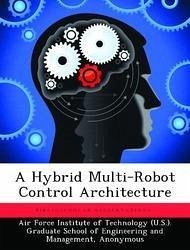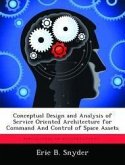Multi-robot systems provide system redundancy and enhanced capability versus single robot systems. Implementations of these systems are varied, each with specific design approaches geared towards an application domain. Some traditional single robot control architectures have been expanded for multi-robot systems, but these expansions predominantly focus on the addition of communication capabilities. Both design approaches are application specific and limit the generalizability of the system. This work presents a redesign of a common single robot architecture in order to provide a more sophisticated multi-robot system. The single robot architecture chosen for application is the Three Layer Architecture (TLA). The primary strength of TLA is in the ability to perform both reactive and deliberative decision making, enabling the robot to be both sophisticated and perform well in stochastic environments. The redesign of this architecture includes incorporation of the Unified Behavior Framework (UBF) into the controller layer and an addition of a sequencer-like layer (called a Coordinator) to accommodate the multi-robot system. These combine to provide a robust, independent, and taskable individual architecture along with improved cooperation and collaboration capabilities, in turn reducing communication overhead versus many traditional approaches. This multi-robot systems architecture is demonstrated on the RoboCup Soccer Simulator showing its ability to perform well in a dynamic environment where communication constraints are high.
Hinweis: Dieser Artikel kann nur an eine deutsche Lieferadresse ausgeliefert werden.
Hinweis: Dieser Artikel kann nur an eine deutsche Lieferadresse ausgeliefert werden.








